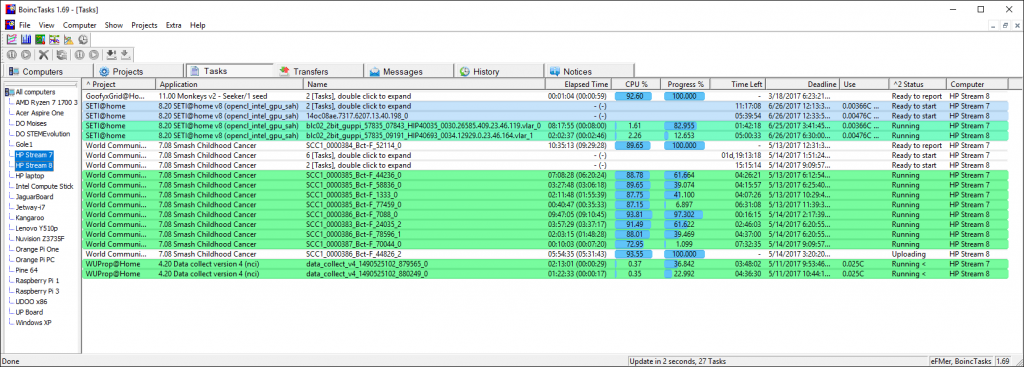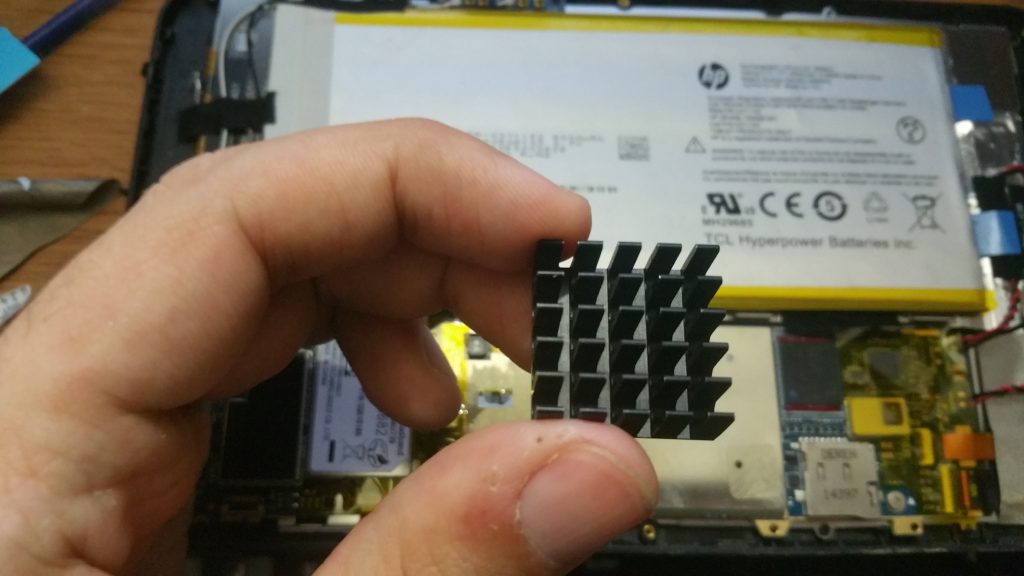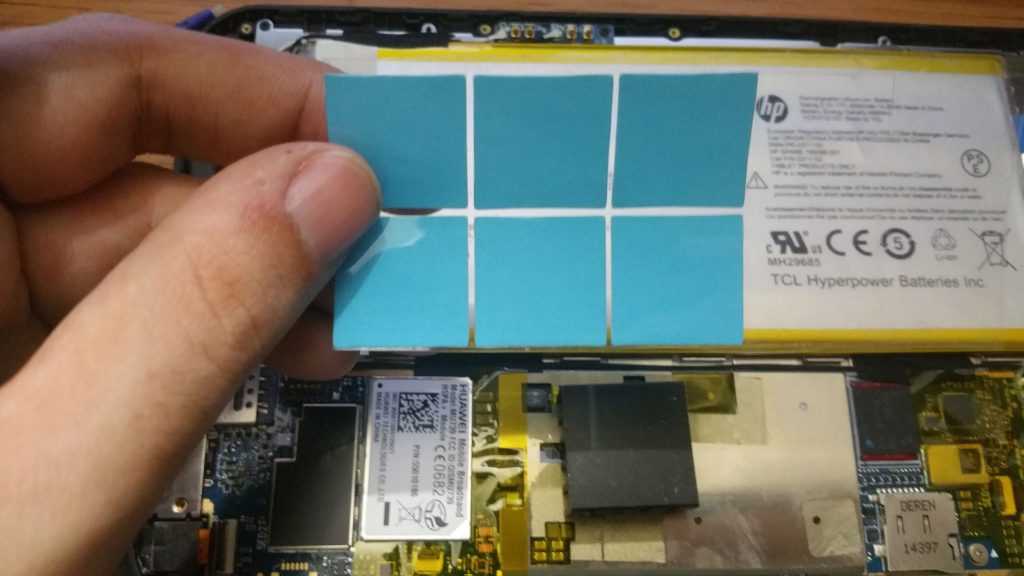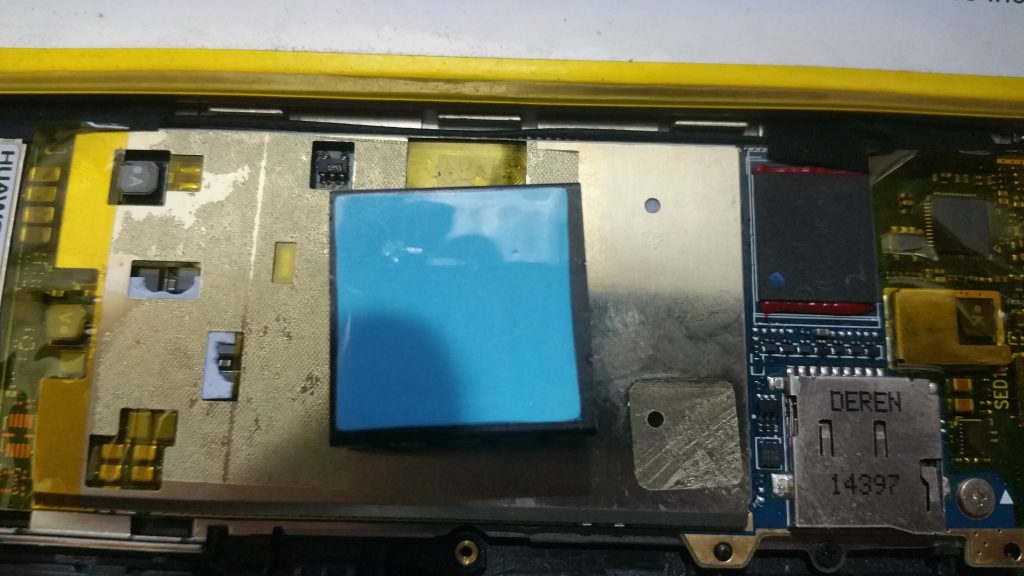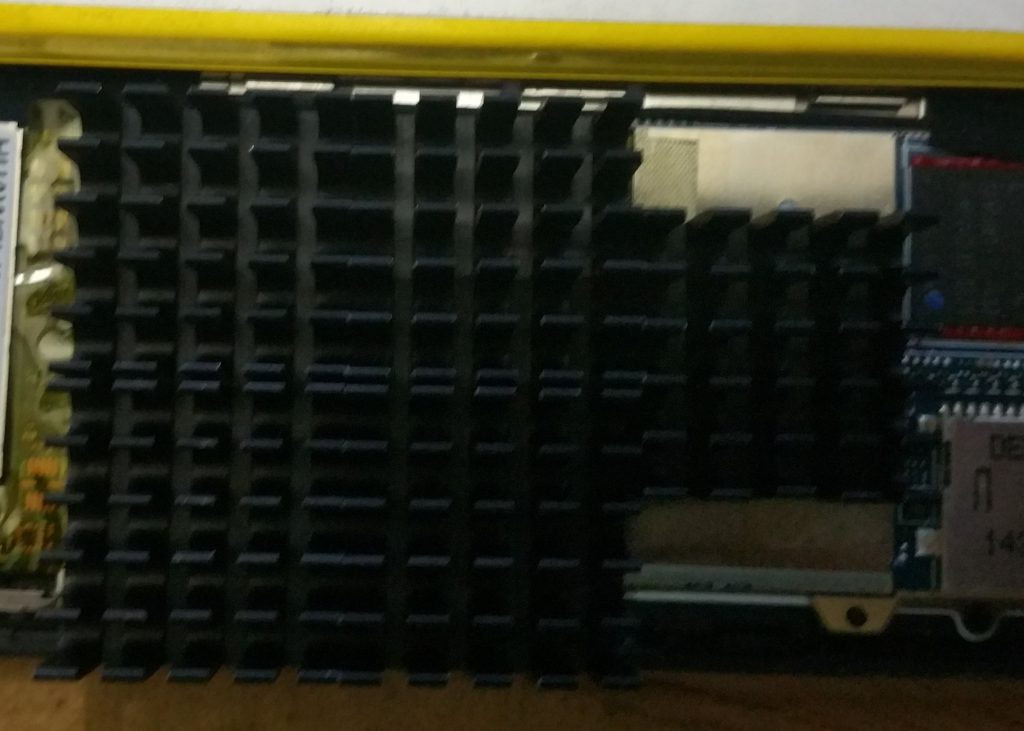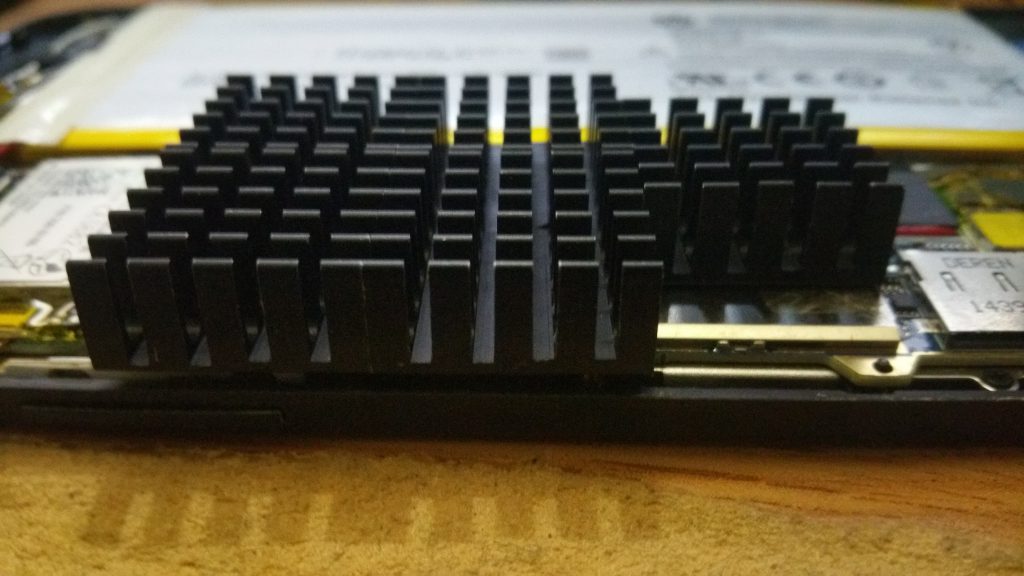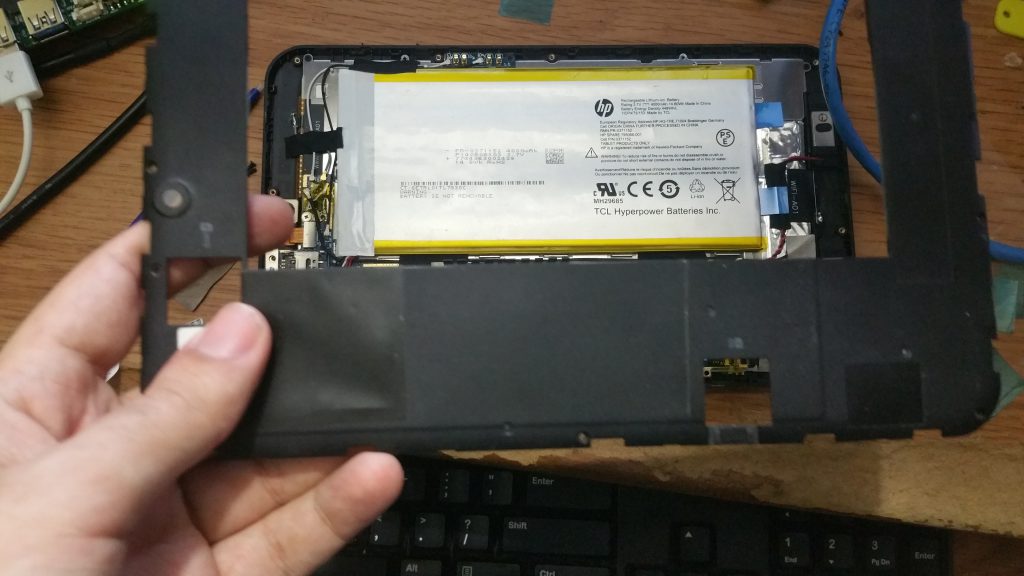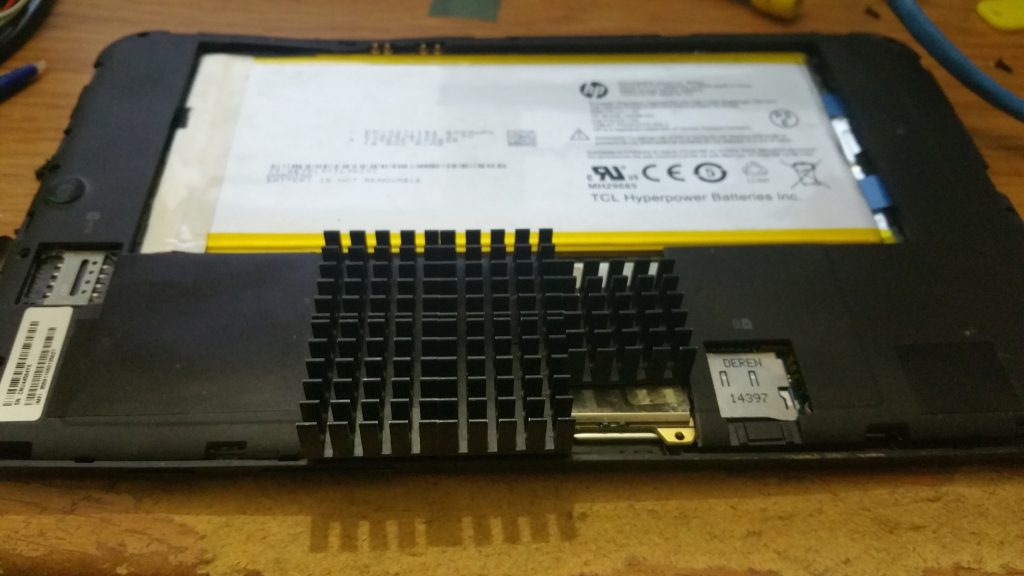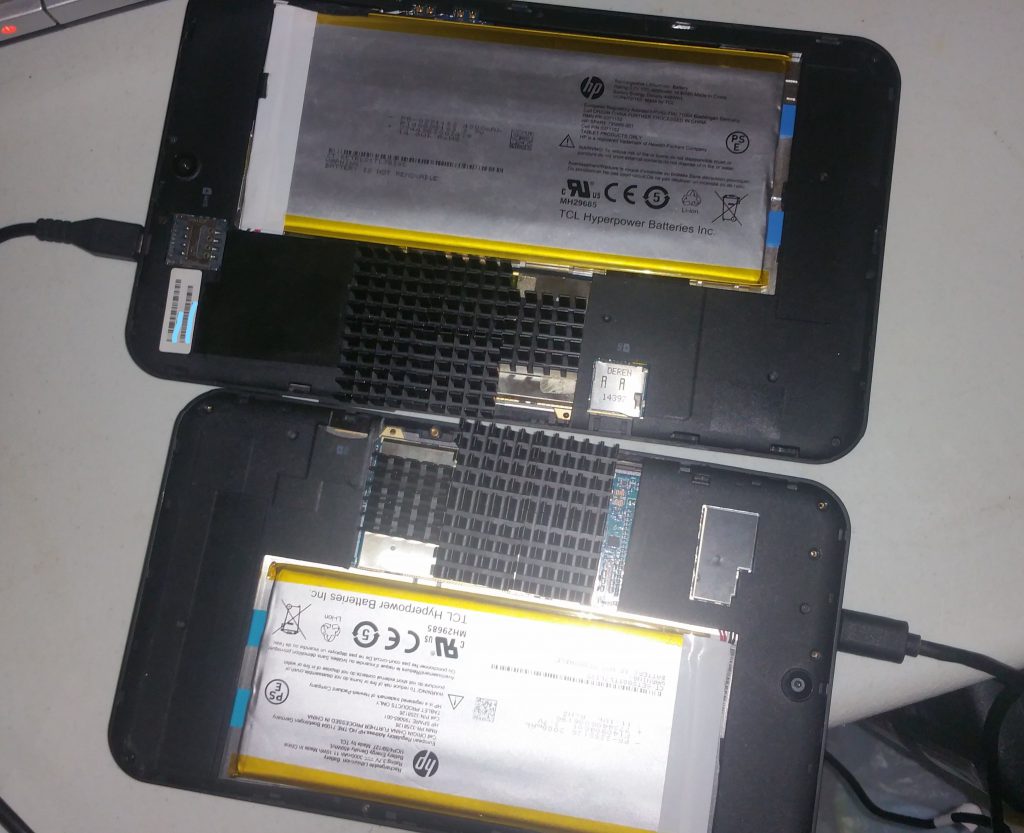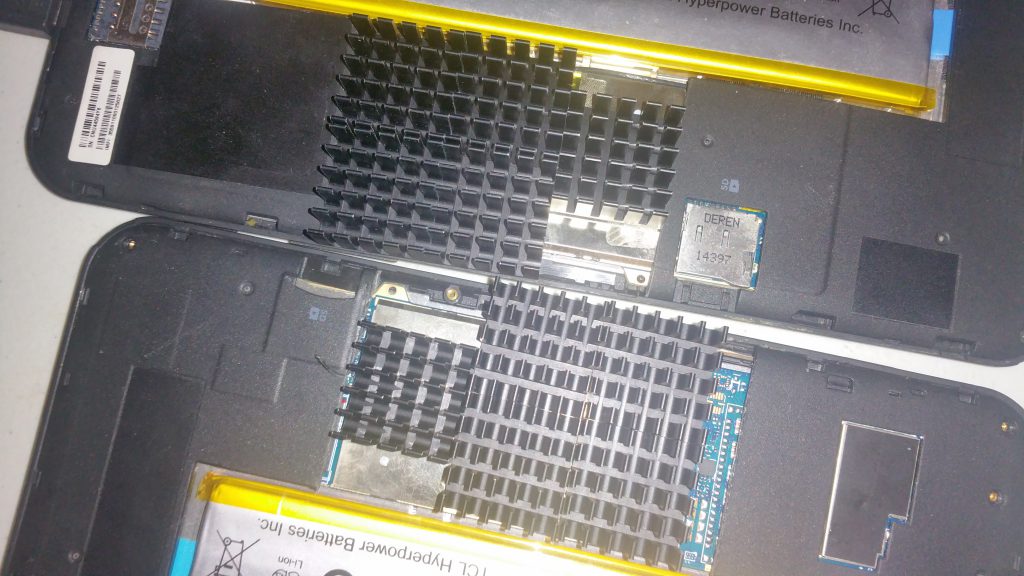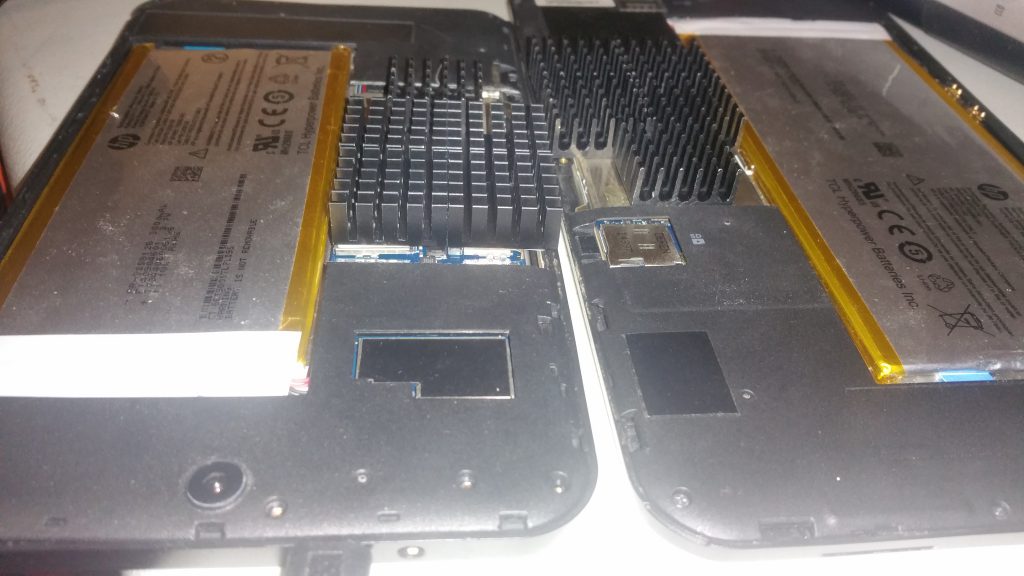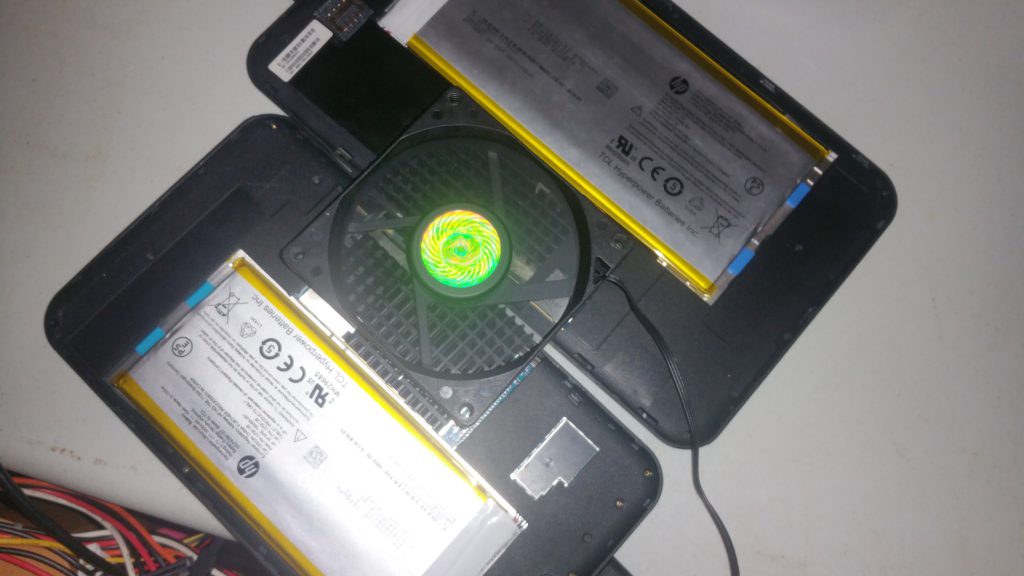Solving the HP Stream tablets CPU Throttling
Hi everyone,
In this post, I’m gonna talk about the HP Stream tablets and how to work around the overheating issues you may have with them.
These tablets works really good most of the time, that is, as long as you are in a well ventilated room, or a room with Air Conditioner. However, on tropical weather, it does not performs good sometimes. This is because the temperature is mostly in the mid 70s to 90s F, and in the summer, it can reach 100 F or more, and this causes the tablet to overheat and therefore, the CPU starts to throttle.
The tablet has a Quad-Core Intel Atom Z3735G clocked at 1.33Ghz. However, the CPU can reach up to 1.57Ghz given the CPU temperature is not extremely hot.
Now, the other issue is that the tablet is mostly plastic, and plastic is not a good heat conductor as compared with metal, but also, it is good that it is plastic as it would not transfer the heat to the battery and it is therefore concentrated in the CPU area, which prevents damage to the battery as the battery is kept cool. If it were metal, the heat could easily transfer to the battery and this could result in the battery getting swollen due to heat. So, each, plastic and metal has its pros and cons.
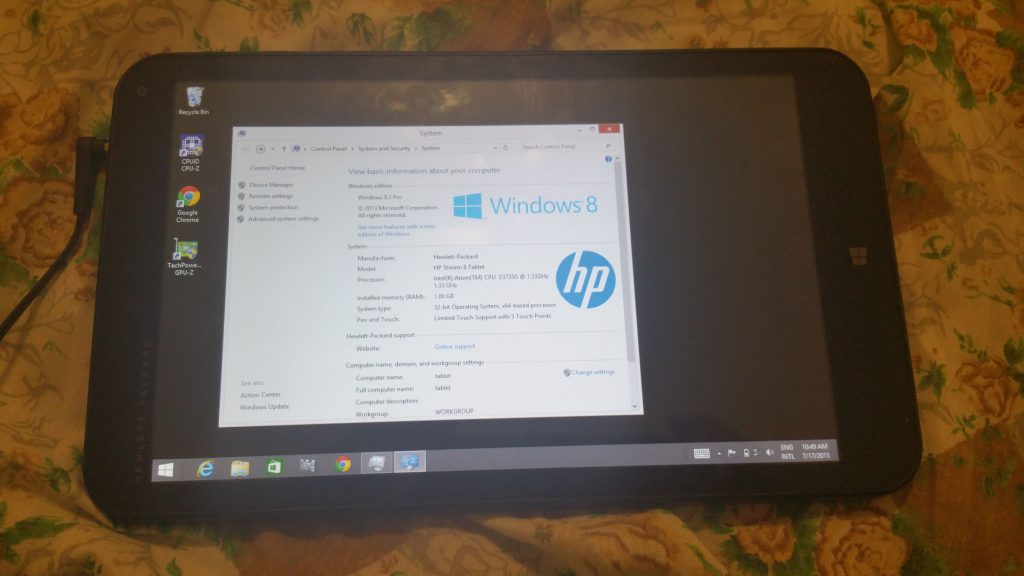
As you may know from the other posts I’ve made, I run the Berkeley Open Infrastructure for Network Computing (BOINC) in my PCs, and these tablets are no exception, but given the overheating issue, I had to find a solution to keep them cool.
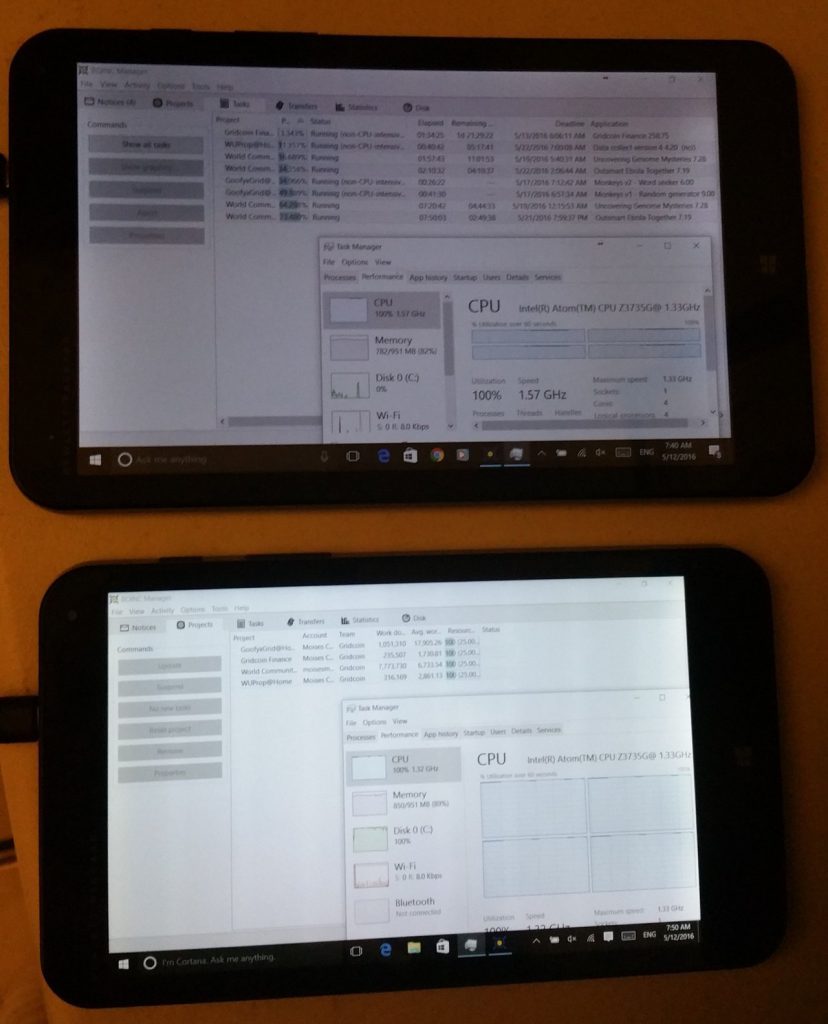
Mainly, when it runs a BOINC CPU project, the throttle will not be severe in most cases, but when you add a GPU project to crunch, then that’s when the tablet will throttle severe enough to make it unresponsive until it cools down and the CPU clock restores to more than 1Ghz.
So, what is a good way to prevent the tablets from overheating and throttling? I got some aluminum heatsink that are designed to keep products like the Raspberry Pi cool. These aluminum heatsink comes with a thermal conductive tape and it is a good way to dissipate heat from the device.
Once the aluminum heatsink arrived, I attached them to the HP Stream 8 tablet, and then to the HP Stream 7. Below, you’ll find the procedure I made:
First, we must take the back panel off and remove some + screws. It is very easy to remove, and once removed, we will see the printed circuit board:
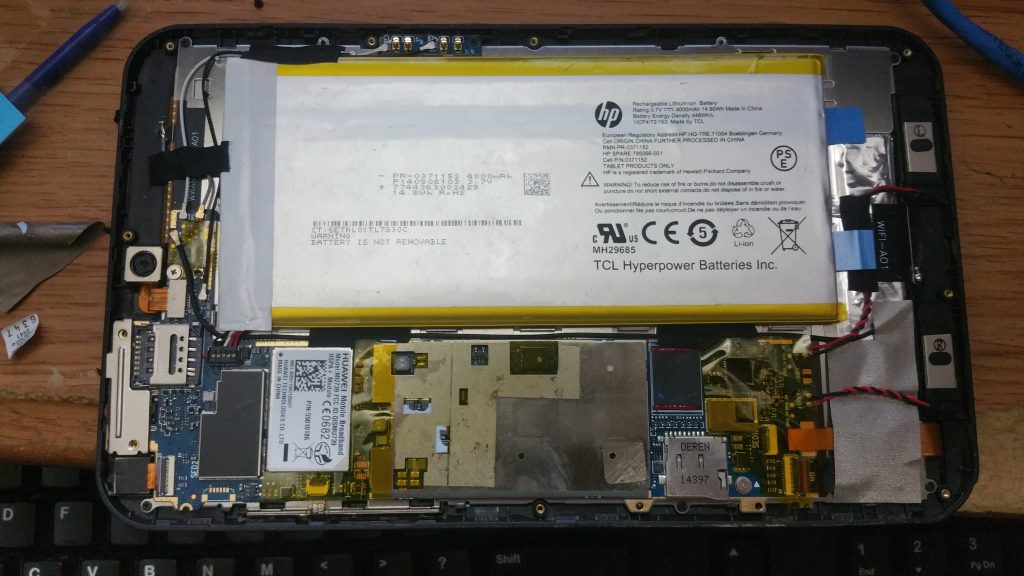
The area we need to cool is this:
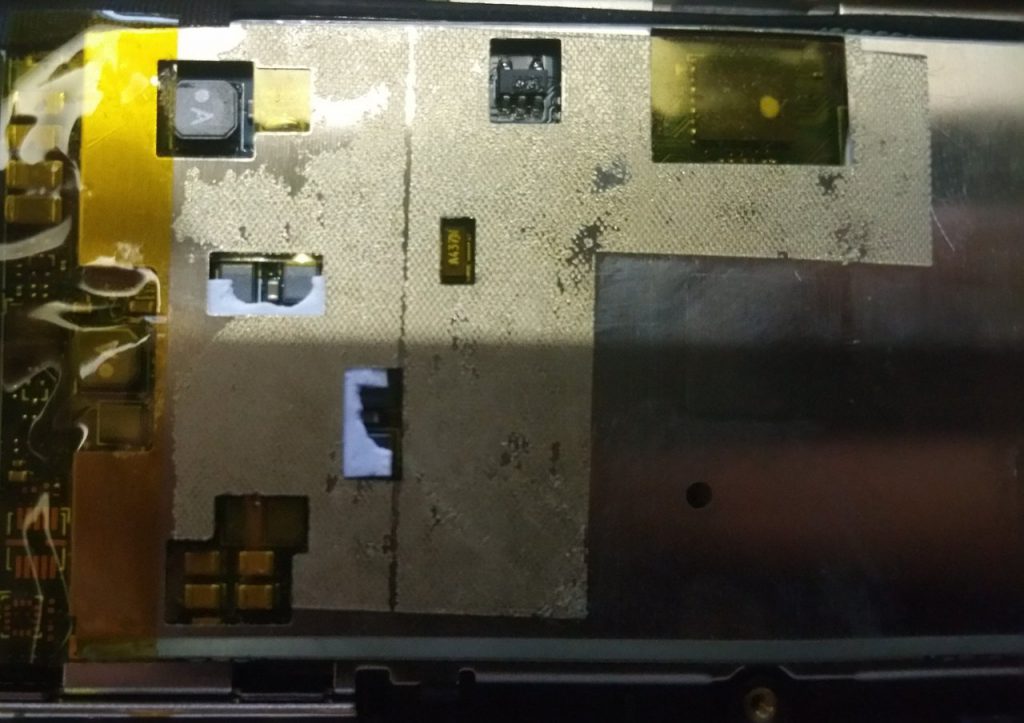
We need to place the Thermal Conductive Tape to the heatsinks:
Now, we just place it in the area we need to keep cool:
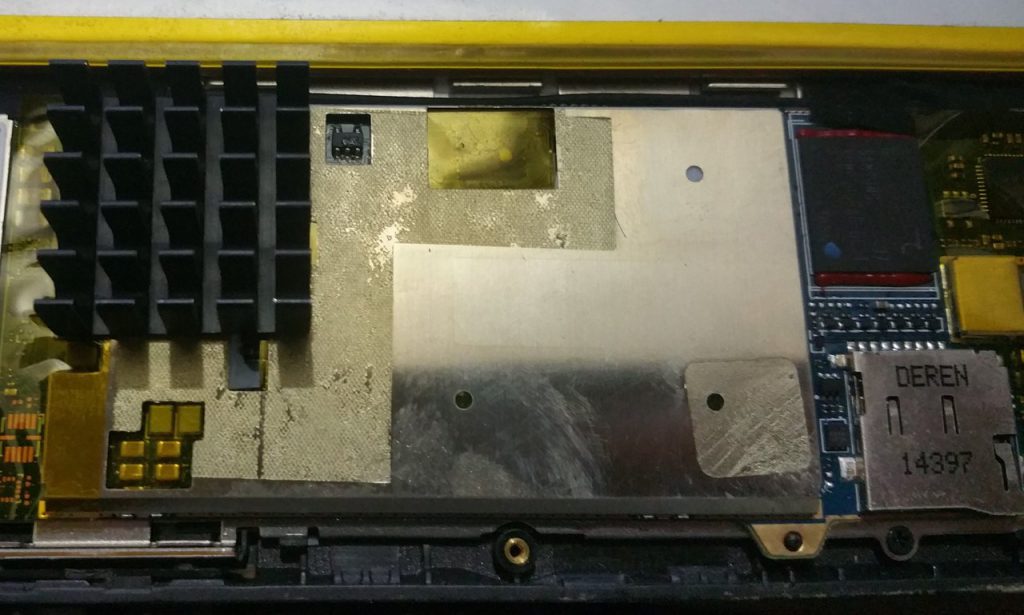
Of course, one heatsink is not sufficient, so we will be adding more (The item I purchased came with 10, so I installed 5 per tablet):
Now that we have applied the heatsinks, we need to make a cut to the cover so that we can reapply it to the tablet to protect the circuit board:
And that’s basically it! The tablet will not throttle unless the heat is sever enough. Now, a little fan to keep them cool really helps.
Now, I can run SETI@Home in the GPU of the tablet without it throttling.
